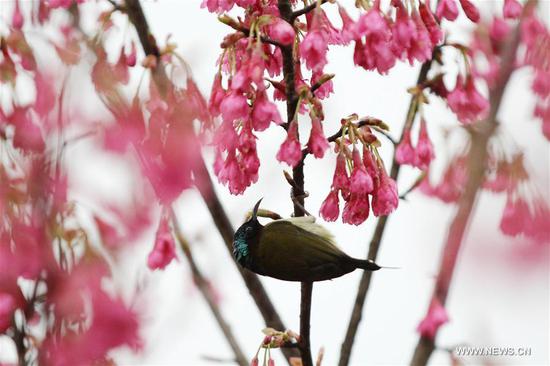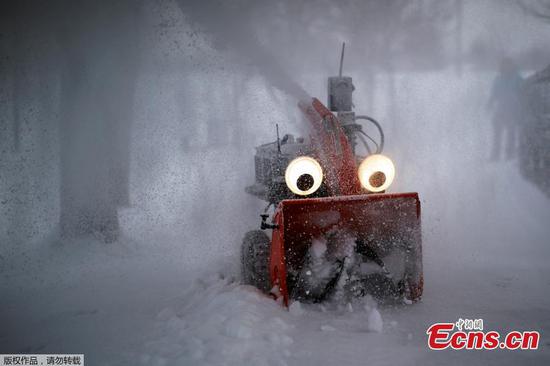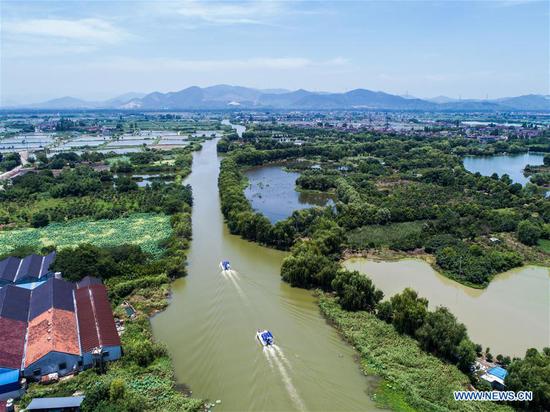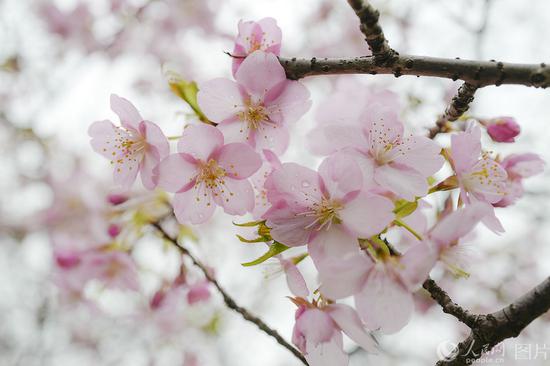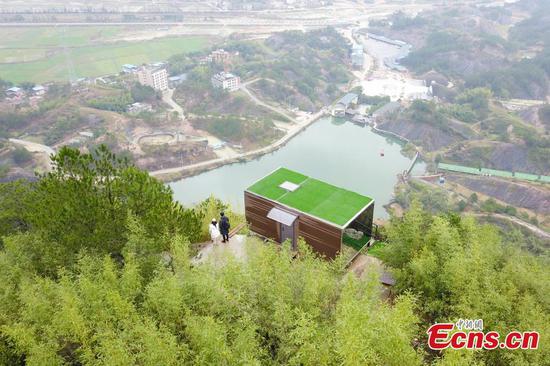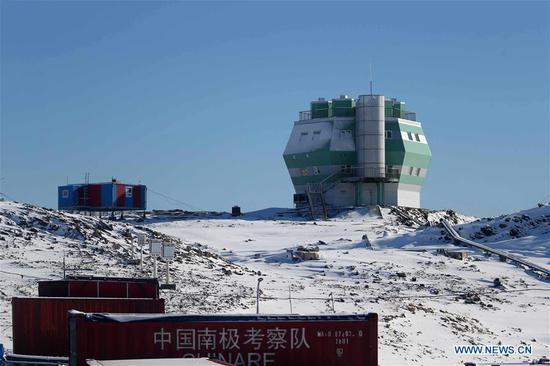Extending protection

Cheng, who has been studying the Yangtze's aquatic ecology for the past seven years, has long been a firm advocate of the fishing ban and helping fishermen transition to new jobs.
"An existing ban, which covers parts of the river for four months a year, has been unable to stop the fish population from dwindling," she said, adding that investment in employment training for the fishermen and education for their children are the keys to restoring the river's aquatic life.
While Cheng's focus is firmly on the fish population, ornithologist Zhou Haiyan is concerned about the birds that migrate to the Yangtze River Valley every winter.
The Siberian white crane, listed as "critically endangered" by the International Union for Conservation of Nature, is the species she cares about most.
About 3,600 of the birds, accounting for 98 percent of the global population, fly from Russia to spend the winter in the river basin, especially in the wetland around Poyang Lake, a major body of water connected to the Yangtze.
Although more than 1,000 visited in 2017, she has seen very few cranes landing in her lotus field this winter.
She and a number of volunteers rented the 200,000-square-meter field, which borders the southern part of Poyang Lake near Nanchang, Jiangxi province, from a farmer, and adapted it to make a suitable conservation area for the cranes.
"The cranes hovered, but did not land this year," Zhou said, drawing attention to the noise and smog in the surrounding area, where a parking lot was under construction and farmers were using large machines to harvest crops.
Zhou had no funds to compensate the farmers for not harvesting their crops during the cranes' migration season, and she has no legal right to stop the construction. However, the situation may be different next winter because in January, Jiangxi extended its environmental compensation plan to cover more farmers with land around the lake.









